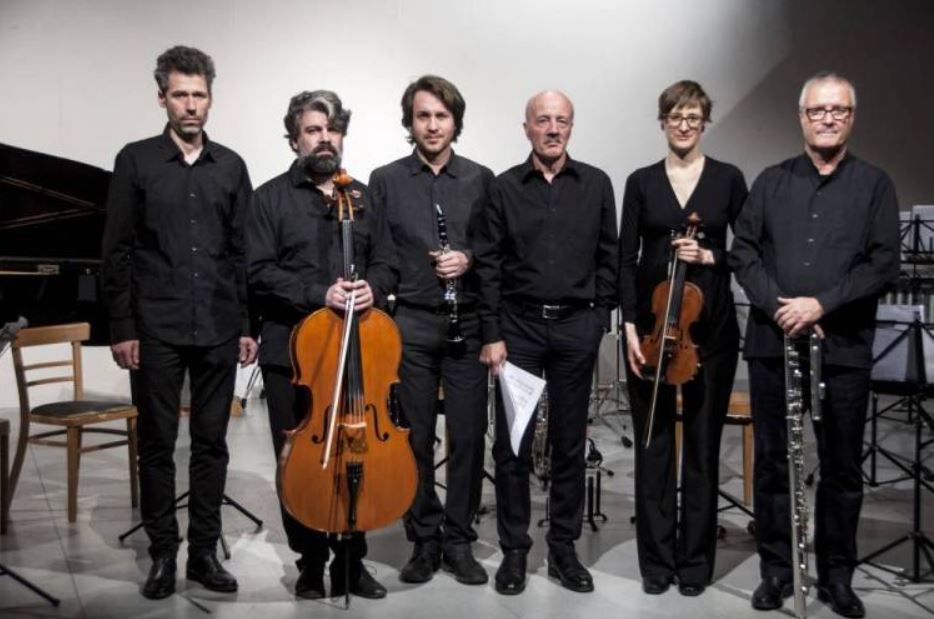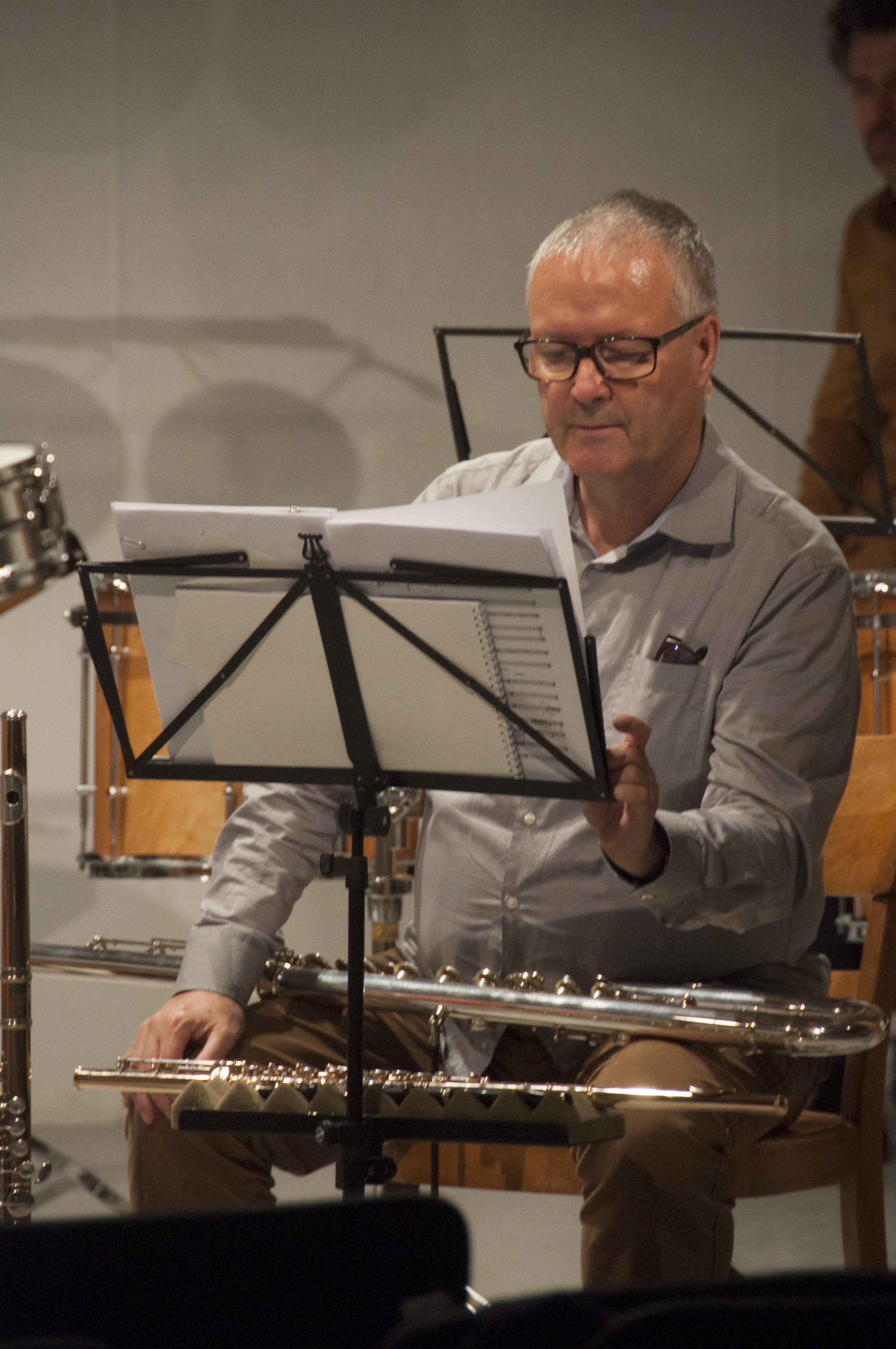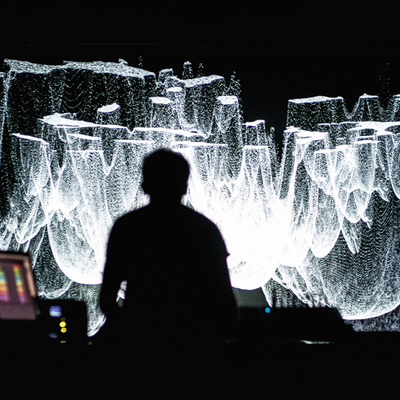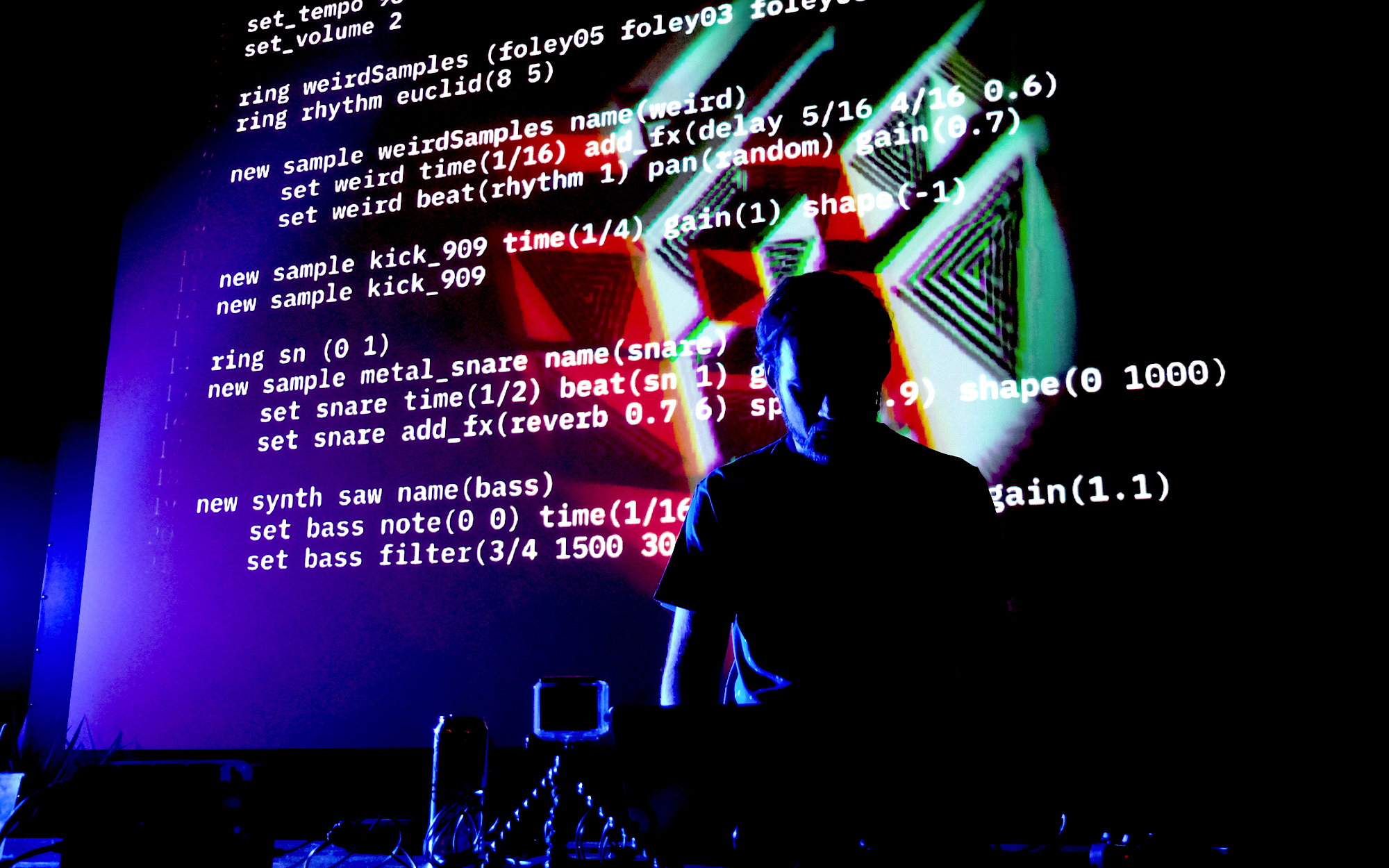Female vocal performers yesterday and today
Vocal performance is very present in contemporary music. Female performers in particular can draw on a long tradition of works since Luciano Berio’s Sequenza III per voce femminile (1965) or Cathy Berberian’s Stripsody (1966). In their mini-series “Musik unserer Zeit”, Benjamin Herzog and Florian Hauser examined this genre’s historical and current exponents.
Benjamin Herzog
At the end of the day it always boils down to finding your own voice. Lie it in the saliva present in our oral cavities, in spatial sounds thrown around or in primal words with which we tried to communicate on our continent since 15’000 years ago.
Bel canto is a standard term in vocal practice and can be translated with “beautiful singing”. But what is beautiful? What does (in the present day) singing mean? Anyone who listens to the hybrid, multi-layered tones sound paintings of Norwegian Maja Ratkje, is fascinated by their beauty. However, they have little to do with bel canto.
Swiss singer Franziska Baumann would rather avoid comparing her singing practice with classical “Schöngesang”. “At first I didn’t know that what I do can be considered art at all.” Sche says and had to travel to New York, where the ideas of what singing can be were more open than in her native Toggenburg, to realise that perhaps it is and the self-empowerment that comes with it. There, Baumann’s home.
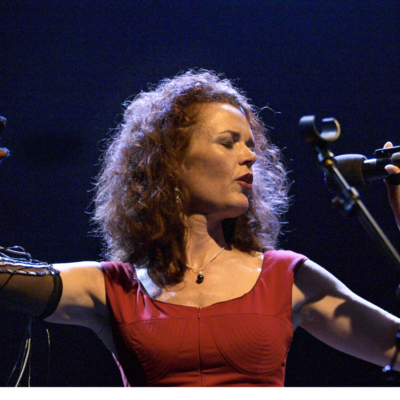
Another exponent which has not much in common with the Elysian realms of singing is American Audrey Chen. She states having no artistic pretensions at all with what she does. “It is a process,” she says, which rather reflects her changeable biography. A life for which Chen wanted to find her own language.
The three women are vocal performers. A term that is as general as it is fuzzy. Singer, vocalist, “singing artist” – many things bubble in the pond of this wording, yet forming a special bubble. Namely, many of these vocal performers, if we want to stick with this word, are at the same time performers as well as composers, conceptualisers.
Exploring her Toggenburg homeland
As childer, many of us probably did like Franziska Baumann on her exploratory tours through her Toggenburg homeland: combining the sounds of streams, creeks, leaves, birds and harvesting machines into an inner mixture of sounds, into some kind of music that perhaps already wanted to find its way out of the body with one or the other gurgle or peep from Baumann’s mouth. This was followed by classical studies and her escape from the rules and walls of what were still called “conservatories” back then. In New York, she found role models who simply saw what was linked to her early experiences as an art form. “It was also self-empowering” she says today.
Not to be an interpreter that reproduces, but a master of one’s own tones is something that applies to all three women presented here, with means that expand one’s own voice by several dimensions. In Franziska Baumann’s case, this is a special glove provided with sensors with which she can produce sounds, triggering them from an existing sound library and sending them around the room. A ghost orchestra that she conducts herself while at the same time performing vocally.
Franziska Baumann, Re-Shuffling Sirenes, Solo für Stimme und gestische Live-Elektronik, International Conference for Live Interfaces Trondheim 2020
Audrey Chen has discovered an entire orchestra in her own mouth. The sounds she produces in an unapologetically intimate way between cheeks, tongue, throat and in the waves of her own saliva seem like a hyperconsonants language. A supernatural being seems to be speaking to us. What constitutes “bel canto”, sailing on vowels, is not only missing here as even the consonants come out fragmented, breathless, as the sounding mouth-muscle mass of an extraterrestrial, at least quite alien.
Chen mentions regularly that she became a single mother at the age of 23, an obviously drastic experience in her biography. Did she become a stranger to herself in her life plan at that time? “I had to find my own language, also as an immigrant and daughter of an immigrant couple in the USA.” Today she lives with Norwegian trombonist Henrik Munkeby Nørstebø. Their two (musical) languages do not seem to be so different. In any case, they have been combining for years in almost astonishingly harmonious projects.
Audrey Chen &Henrik Munkeby Nørstebø, Beam Splitter, 22.04.2017, Kaohsiung Taiwan, Yard/Theater
Orchestral thinking
What about Norwegian vocal performer Maja Ratkje? She says her thinking is orchestral. Piano or guitar have always been too small or little “accompaniment” for her. Anyone who talks to Ratkje should not miss this double understatement. Ratkje likes to play on many levels. As a student, she founded a group called “Spunk” to irritate her audience with the voices of the Chipmonks, the talking squirrels from the comic world. A stay at IRCAM in Paris gave rise to a fascination with electronic media, which she has been consistently deepening ever since. Her performance on the occasion of an award ceremony at the ZKM in Karlsruhe, documented on video, testifies to the virtuosity she has reached in the meantime. Ratkje succeeds in using voice and electronics to create an interlocking sound creature that, like the Greek Hydra, always has more heads than we could ever perceive, let alone conquer by hearing.
Maja S.K. Ratkje Interview about What are the words to us, world creation @Luzerner Theater 2022
In her residency at the Lucerne Theatre in the 2022/23 season, Ratkje showed that, in addition to the latest technology, she is also devoted to the ancient. Her composition Revelations (This Early Song) was integrated into a music theatre piece. Primal words like “worm”, “bark” or “spit” appear in it, words that were spoken some 15’000 years ago all over the Eurasian continent, as Ratkje told us.
Why she digs so deep into semantic depths becomes apparent upon hearing and legitimises the theme outlined in this text through the analysis of the three female exponents. The fascination that captures us when listening to Revelations is nothing less than a kind of genetic legitimisation of vocal performance as we experience it in many forms today. It’s about finding your own true voice. Finding a way to address, hiss, spit at each other with meaning. Whether we, the audience, feel more addressed by this way of communicating or whether we prefer the culinary delights of bel canto is a personal matter.
Benjamin Herzog
In the Musik unserer Zeit-broadcast series on vocal performance of March 8 and 15 2023, Florian Hauser also portrayed the pioneers Carla Henius and Cathy Berberian, in a conversation with singer and musicologist Anne-May Krüger, who wrote a book about the two.
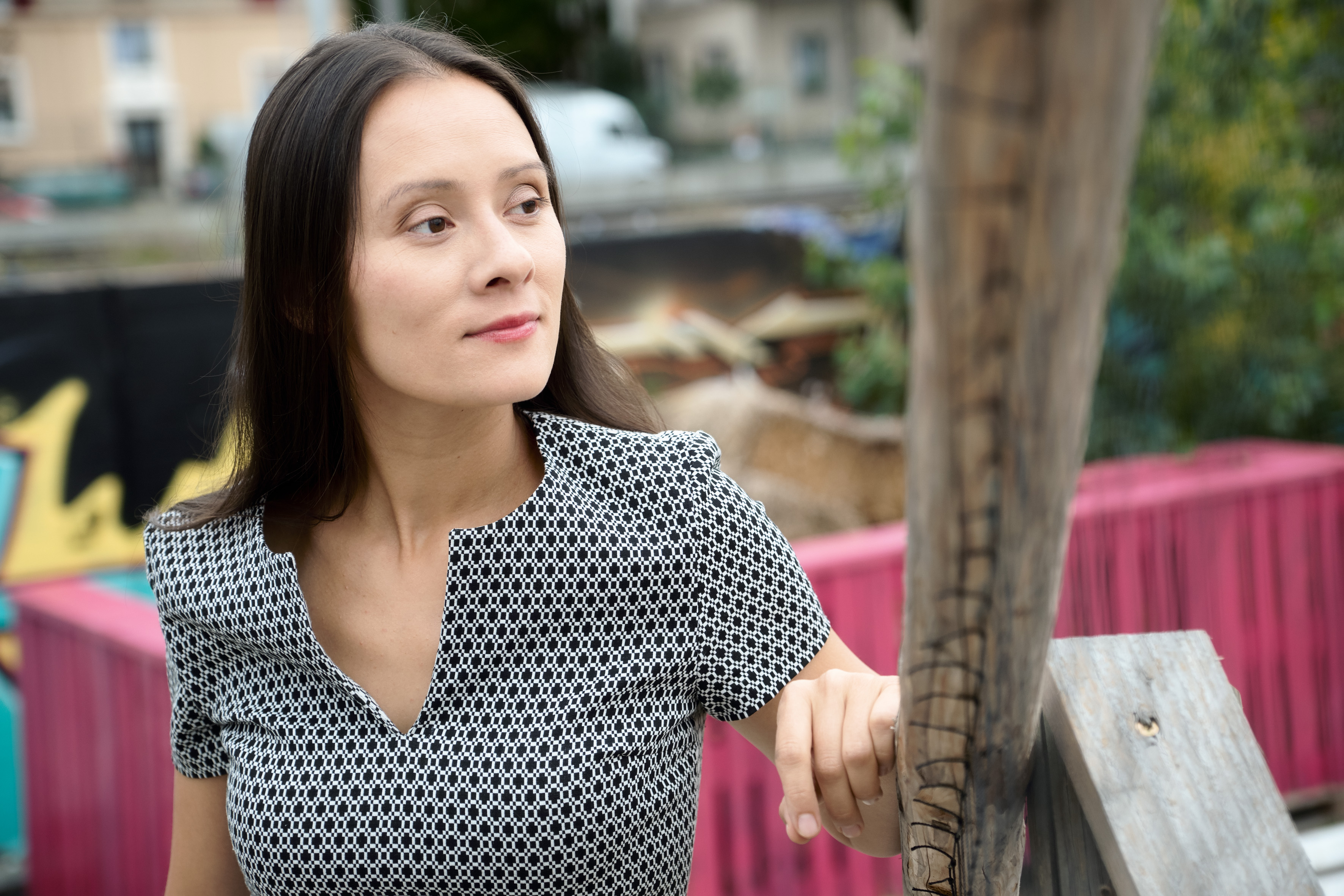
Anne-May Krüger: Musik über Stimmen – Vokalinterpretinnen und -interpreten der 1950er und 60er Jahre im Fokus hybrider Forschung, Wolke-Verlag.
Maja Ratkje, Audrey Chen, Carla Henius, Cathy Berberian, Luciano Berio
broadcasts SRF 2 Kultur:
Musik unserer Zeit, 8.3.2023: Vokalperformance I – Gegenwartsstimmen elektronisch verwoben, Redaktion Benjamin Herzog)
Musik unserer Zeit, 15.3.2023: Vokalperformance II – Pionierinnen Carla Henius und Cathy Berberian, Redaktion Florian Hauser im Gespräch mit Anne-May Krüger
neo-profiles: Franziska Baumann, Anne-May Krüger


